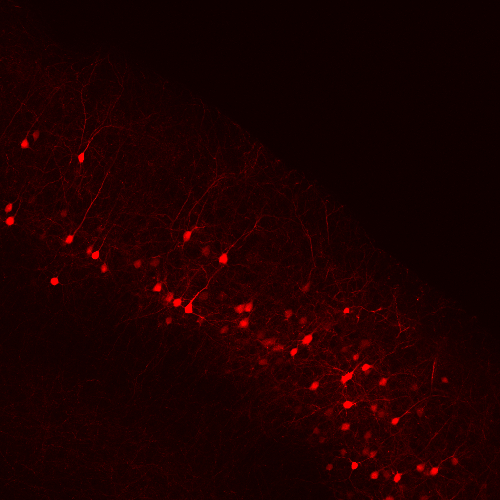[wpcol_1half id="" class="" style=""]
[/wpcol_1half]
[wpcol_1half_end id="" class="" style=""]
Motivations
Each millisecond, millions of electric signals are travelling in parallel from neuron to neuron, from cortical area to cortical area, converting almost instantaneously sensory inputs into active behaviour. Each millisecond, trillions of synapses are dynamically adapted, their weights being modified according to the past and present electrical activity in order to store and to enhance information transmission and reliability in this conversion procedure. Modification of these connection strengths between neurons in response to a particular external stimulation is supposed to be one of the key processes responsible for memory and information storage.
Having a particular picture in mind about you riding a bicycle on a windy road while smelling the odour of the freshly cut grass is a multi-modal association which can be recalled just by hearing again a particular sound first heard during this experience. Understanding how and why some neurons in distinct sensory areas succeed in establishing such associations is crucial to elucidate the learning problem faced by the brain.
To better understand what how is cortical plasticity considered and modeled, section is organized as follows:
[/wpcol_1half_end]

